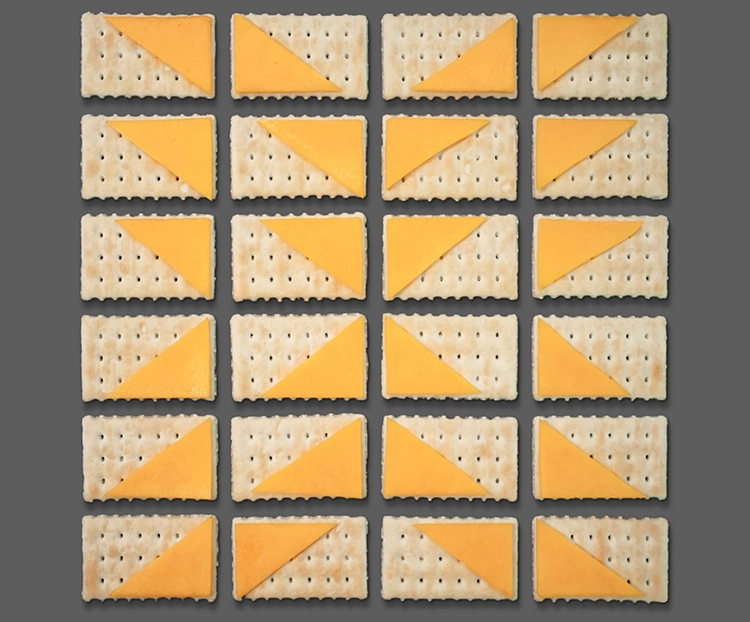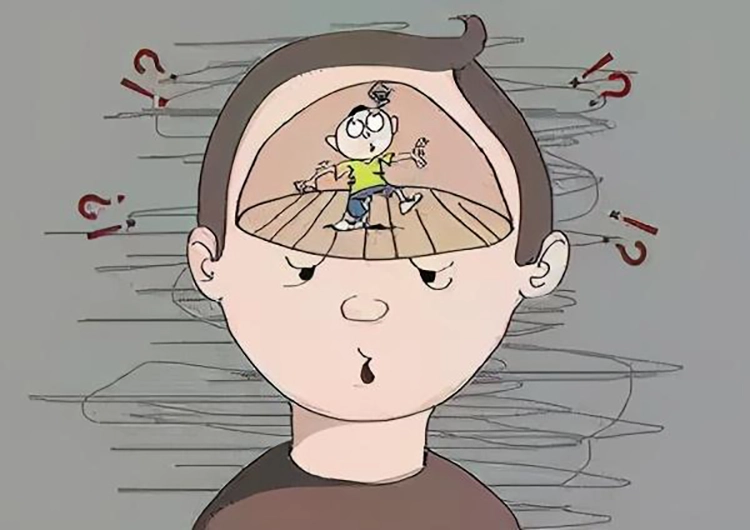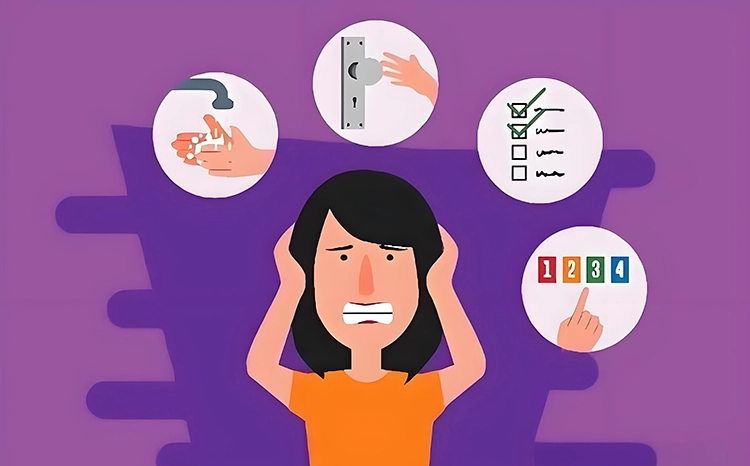Ocd is a kind of anxiety disorder, the prevalence is 2% to 3%. People with OCD realize that it makes no sense for them to do something or think about something, but they can’t help it, think about it, and suffer more when they try not to do it. How can you tell if you have OCD? First look at the manifestations of OCD. There are four major types of OCD manifestations, which are: obsessions, Obsessive-compulsive behaviors, Compulsive intention, and Compulsive emotions.

There are four major categories of obsessions
Obsessions:
Unwanted and disturbing thoughts or images keep popping up in the sufferer’s mind, which they can’t control despite knowing they are meaningless.
Common obfuscations include extreme concerns about cleanliness, fear that they will hurt someone or act out of common sense, among others.

Obsessive-compulsive behaviors:
Repetitive actions or behaviors to relieve anxiety caused by obsessions.
These behaviors are often ritualized, such as repeatedly washing hands, constantly checking that the door locks are locked, organizing items in a specific order, etc.
Even though the sufferer knows these behaviors are unnecessary, stopping them can be extremely upsetting.

Compulsive intention:
The sufferer experiences a strong urge to perform an absurd or undesirable act, such as a sudden desire to hit someone, speak harshly to someone, or destroy an object.
Although these urges are often not actually acted upon, they can cause intense psychological stress to the sufferer.

Compulsive emotions:
Patients repeatedly experience negative emotions such as restlessness, anxiety, and fear, which are often associated with obsessions and behaviors.
For example, when the patient is unable to complete a compulsive behavior, the mood will become more tense and anxious.


